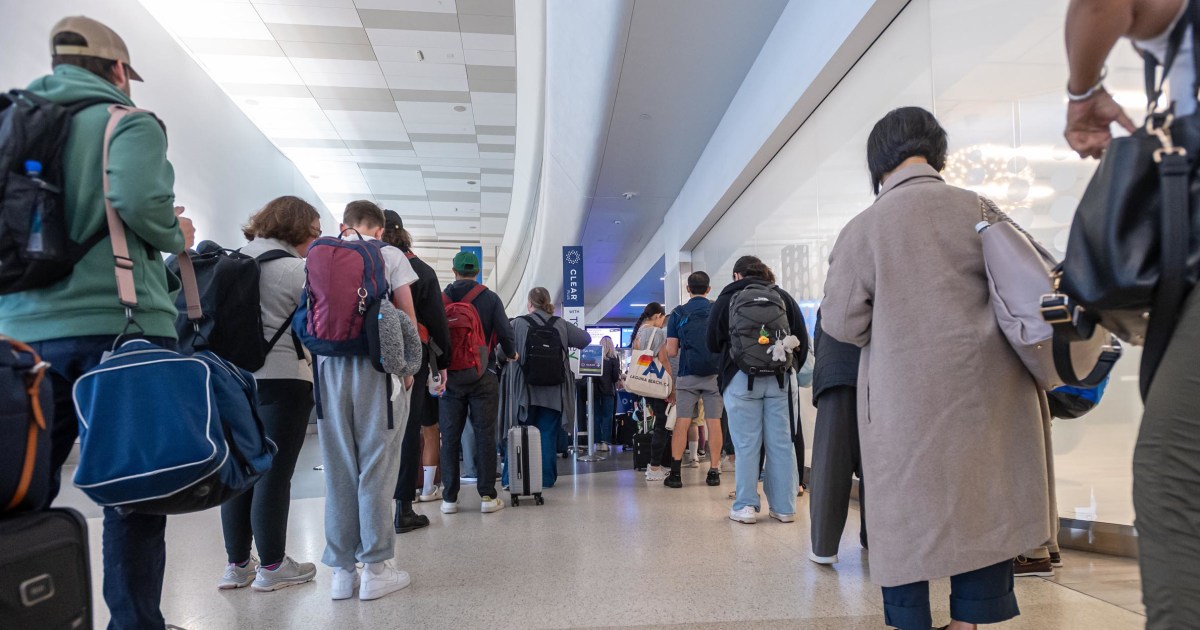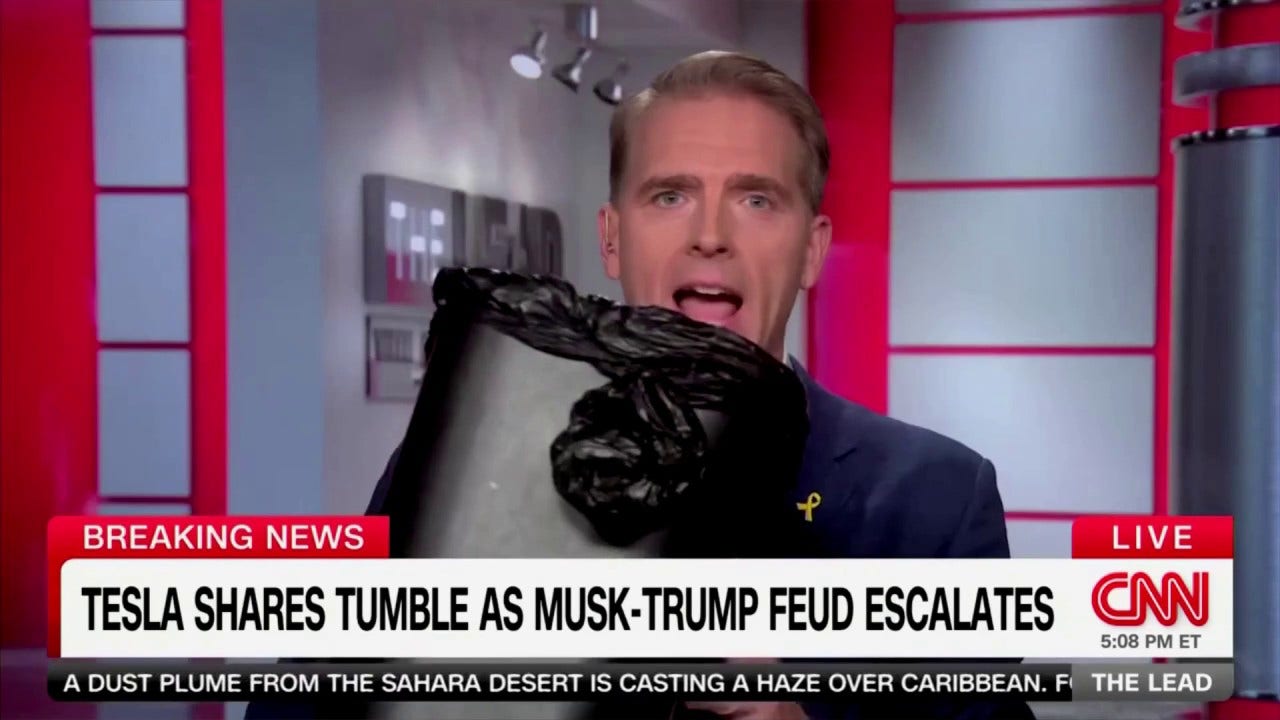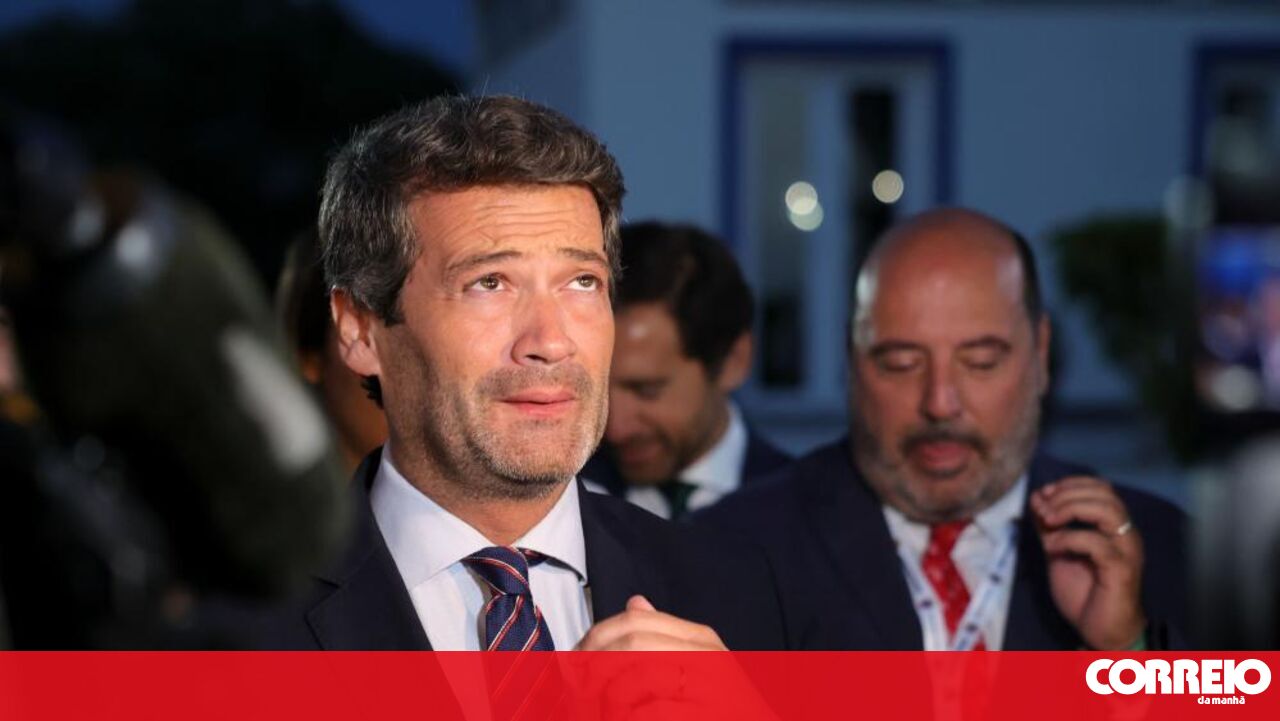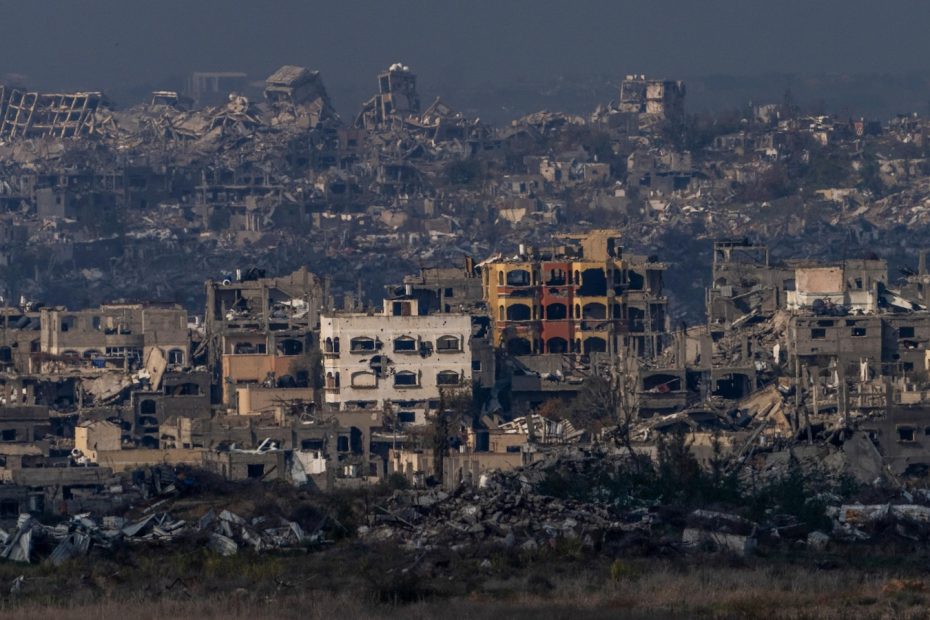How a deal to suspend Israel's war with Hamas will unfold
A ceasefire and hostage release deal in Gaza is expected to come into effect on Sunday. But the most significant diplomatic breakthrough in more than a year of brutal war between Israel and Hamas is fraught with risks and raises more questions than answers.
The deal presented to the Israeli cabinet on Friday, after months of complex negotiations brokered by the United States, Egypt and Qatar, is rife with diplomatic ambiguity, leaving more negotiations to be done on the issues that have most heightened tensions between Israel and Hamas. This has raised concerns that war could resume within weeks if a second deal is not reached.
In besieged Gaza, the prospect of more humanitarian aid and an escape from ongoing bombardment still gives Palestinians hope as an Israeli military operation has killed more than 46,000 people, including civilians and militants, in 15 months. died in pain.
In Israel, households are eagerly preparing to welcome relatives captured by Hamas in an Oct. 7 cross-border attack that killed 1,200 people, mostly civilians, and killed another 250 Kidnapped.
While Israel and Hamas sparred over the final sticking point earlier this week, U.S. and Qatari officials said the first phase of the 42-day deal should take effect on Sunday.
It involves the release of 33 hostages held by Hamas in Gaza – women, children over 50, men and the sick or wounded – in exchange for hundreds of Palestinian prisoners held in Israel.
Hamas agreed to release three hostages on the first day of the agreement, four more on the seventh day, and the remaining 26 hostages over the next five weeks in the first phase.
The first phase also calls for 600 humanitarian aid trucks to enter the enclave each day, a significant increase from the current meager aid shipments, which the United Nations has decried as insufficient to meet people's basic needs.
In Gaza, Palestinians can expect the fighting to cease and Israeli forces to withdraw to the east, away from densely populated areas, allowing civilians to return to their shattered homes. About 90% of Gaza's 2.3 million people have been displaced.
Most of the Palestinian prisoners scheduled for release are women and minors held in the occupied West Bank and east Jerusalem for non-violent crimes, according to a partial list released by the Israeli Justice Ministry on Friday.
Diplomats have outlined further phases of the deal, hoping an immediate ceasefire would allow Israel and Hamas to work toward a lasting end to the war and rebuild devastated Gaza.
The Phase 2 transaction is expected to close before the end of Phase 1. In an effort to persuade both sides to sign a ceasefire, foreign mediators appear to have made the second phase particularly ambiguous.
The overall platform states that all remaining hostages in the Gaza Strip, living and dead, will be released in exchange for a complete Israeli withdrawal from the Strip and “sustainable calm.”
Negotiations are bound to be tricky given the hostility and disparate goals of the participants.
Israel says it will not agree to a complete withdrawal until Hamas's military and political capabilities are eliminated, ensuring it no longer rules.
Hamas has been battered but still controls much of Gaza and has said it will only agree to a deal that permanently ends the war. Israel has refused to hand over the last batch of Israeli hostages – about 100 of whom are still in Gaza – until it withdraws all its troops.
Israeli Prime Minister Benjamin Netanyahu hopes to persuade his far-right allies to stay in his shaky governing coalition despite their opposition to the ceasefire, but he has given no assurances to the public that Israel will enter a second phase. Those still in Gaza will be left behind.
Hardline National Security Minister Itamar Ben-Gver announced late Thursday that his ultra-nationalist Jewish Power party would quit the government over the ceasefire and would only return if fighting resumed. Israeli Finance Minister Bezalel Smotrich also demanded that Netanyahu commit to continuing the war in Gaza after releasing some hostages as a condition for Smotrich's religious Zionism to stay in the government.
Few believe a ceasefire can address the root causes of the war.
“There is no guarantee that Hamas will keep its word and carry out phase two,” Amos Harel, a military columnist for the Israeli newspaper Haaretz, wrote on Friday. “Many are skeptical of Netanyahu's intentions.”










